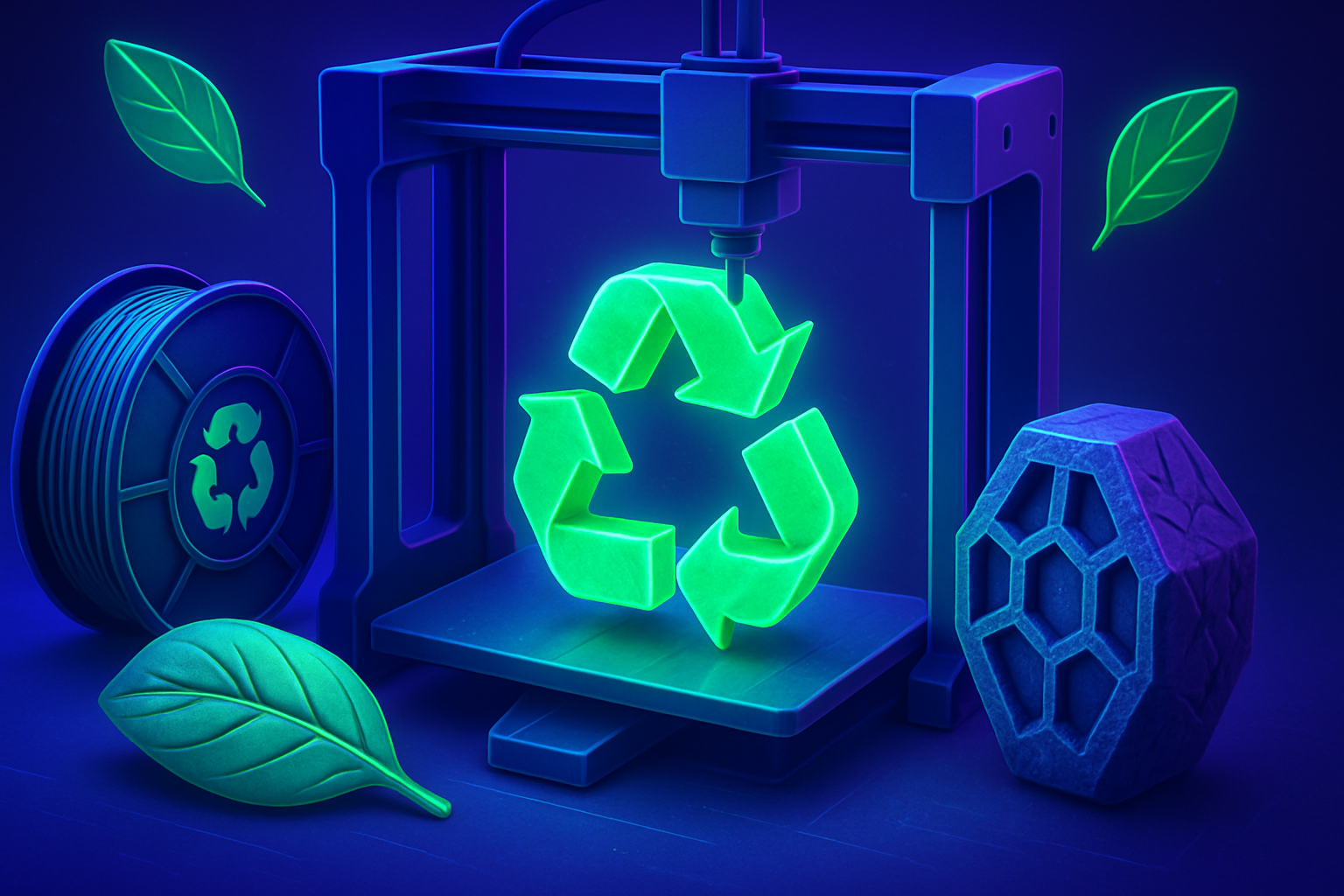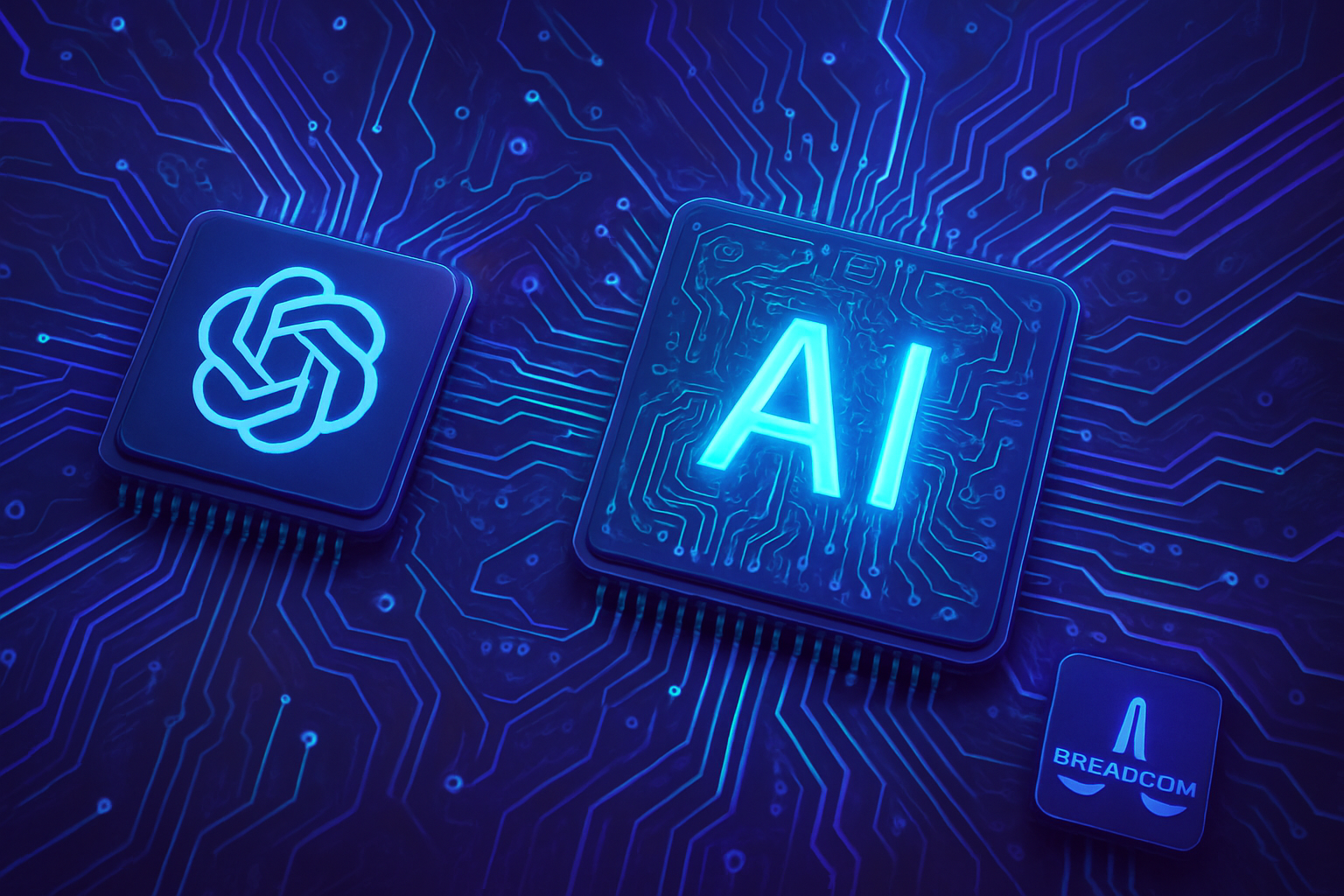The search for sustainability in the field of 3D printing is causing an unprecedented revolution. Conventional materials, often derived from petroleum, prove problematic for the environment. A new paradigm is emerging, combining technical performance and ecological respect. Innovations like SustainaPrint transcend traditional limits, offering solutions that blend strength and eco-responsibility. The clever combination of filaments, optimized through precise analysis, becomes the key to ethical and high-performance 3D printing. An approach that reduces carbon footprint without compromising sturdiness is now within reach.
An innovation in 3D printing
Since the invention of 3D printing in 1983 by Chuck Hull, this technology has undergone remarkable evolution. It has transformed curious gadgets into production tools suitable for a wide range of applications, from custom prosthetics to complex architectural models. However, the environmental sustainability of this technology raises growing concerns. The majority of 3D prints, both commercial and industrial, rely on plastic filaments derived from petroleum, thus exacerbating the ecological footprint of this manufacturing method.
SustainaPrint: a hybrid solution
In response to these challenges, researchers at MIT developed SustainaPrint, a system of software and hardware that intelligently combines strong filaments with ecological materials. This innovative approach involves printing objects primarily using less robust filaments, while strategically reinforcing the most stressed areas with stronger materials. The software performs a finite element analysis to predict impact areas, thereby optimizing resource use.
Mechanical performance and ecology
Tests conducted by the team demonstrated that by using a small percentage of strong filament, up to 70% of the strength of objects made entirely from high-performance plastic could be recovered. By doing so, SustainaPrint reduces the amount of plastic used while preserving the necessary structural integrity of the printed parts.
An iterative and educational process
The researchers printed various objects, including headphone stands and wall hooks. Each was made according to three configurations: using ecological filament only, using standard PLA, and employing the hybrid method of SustainaPrint. The mechanical test results revealed that the hybrid prints could bear loads almost as well as those made from more robust materials, proving the relevance of this approach.
Towards a more sustainable future
This innovation opens promising prospects for industrial manufacturing and local distribution. By adapting testing methods, the team designed a self-service evaluation kit to facilitate the study of material strength before printing. The accessibility of these tools could become a fundamental pillar for more responsible manufacturing practices.
A significant educational impact
SustainaPrint, also designed for educational use, allows for playful teaching of material sciences and sustainable engineering. This interactive approach could transform abstract concepts into tangible realities, providing students with a deep understanding of these critical subjects.
A common ambition towards sustainability
The project is supported by the research program Designing for Sustainability, co-financed by MIT and the Hasso Plattner Institute. It reflects a growing awareness of the environmental issues related to modern production. By opening the code of SustainaPrint, researchers aim to encourage the widespread adoption of more virtuous 3D printing practices while maintaining acceptable performance levels.
Frequently asked questions about an eco-responsible approach for more resilient 3D prints
What is SustainaPrint and how does it work?
SustainaPrint is a software and hardware toolkit that enables the combination of strong and weak filaments to optimize 3D prints. It uses finite element analysis simulations to identify areas to reinforce while using more ecological materials for the rest of the object.
What are the environmental benefits of using ecological filaments in 3D printing?
Ecological filaments reduce the carbon footprint of 3D prints by using biodegradable or recycled materials. This helps minimize the use of conventional petroleum plastics while contributing to sustainability.
Is there a performance difference between ecological filaments and high-performance ones?
Yes, ecological filaments tend to be less resilient under stress, making them unsuitable for critical applications. However, with technologies like SustainaPrint, it is possible to combine strength and eco-responsibility.
How does SustainaPrint’s reinforcement strategy contribute to sustainability?
By reinforcing only the critical areas of a print, SustainaPrint reduces the use of traditional high-performance material, thus decreasing plastic consumption without compromising the structural integrity of the object.
What types of objects can be printed with an eco-responsible approach?
An eco-responsible approach allows for printing a variety of objects ranging from custom prosthetics to architectural models, as well as household items like headphone holders and flower pots.
How can the strength of ecological filaments be assessed before printing?
A testing kit should be used to measure the tensile and flexural strength of the filaments. This ensures that even ecological materials meet the required performance standards before use.
Are SustainaPrint’s features accessible to non-industry users?
Yes, SustainaPrint is designed to be open-source, allowing various users to adopt it, especially in educational settings to teach principles of materials science and sustainable design.
What is the importance of sustainability education in the field of 3D printing?
Educating students about sustainability concepts in 3D printing prepares them to integrate these considerations into their future work, fostering a new generation of innovators aware of environmental issues.






